ABOUT ROMANIA?
The country of Romania in the southeast of the green continent of Europe with a population of over 19 million people and an area of 238397 square kilometers, contains 5.4% of the area of the whole Europe and is equal to the area of England.
Romania has a common land and water border with 5 countries with a length of 3150 kilometers.
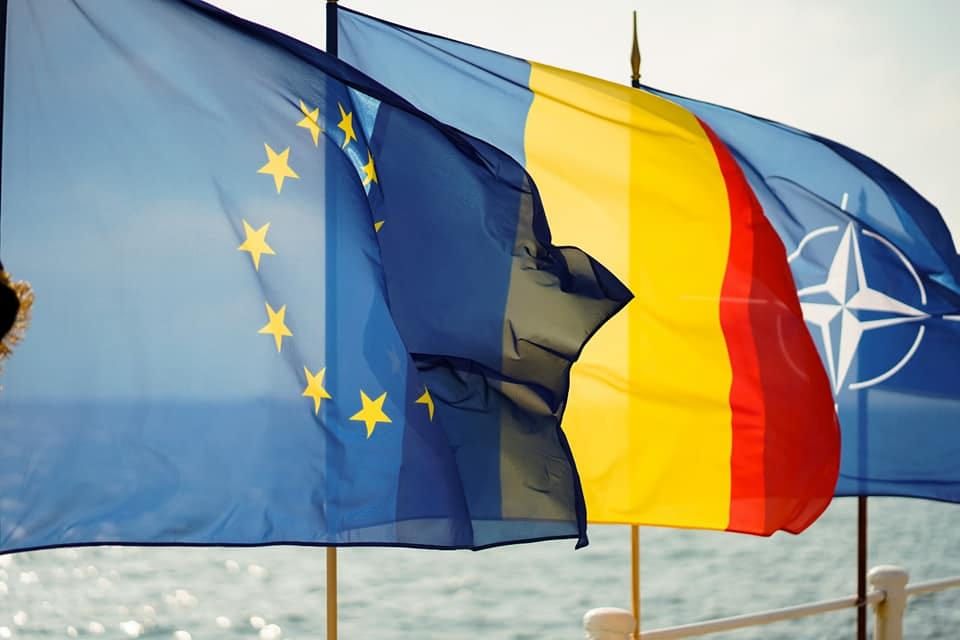
Neighbors of Romania:
- Ukraine (north and east) 650 km
- Republic of Moldova (east and northeast) 681 km
- Hungary (north and west) 448 km
- Serbia (south and west) 546 km
- Bulgaria (South) 631 km
- and the Black Sea (north and east) 245 km
Distribution of surface area of Romanian soil:
- Arable land 39.2%
- Forests 28%
- Meadows and fields 20.5%
- Vineyards and gardens 23%
- Buildings, roads and highways 4.5%
- Waters and ponds 3.7%
- Other regions 1.8%
Romania weather:
- It is of temperate continental type and has 4 seasons.
- The average annual temperature is 11 degrees Celsius
- The average annual maximum temperature is 24 degrees Celsius
- The average annual minimum temperature is -4 degrees Celsius
- The maximum average temperature in summer is 33 degrees Celsius
- The minimum average temperature in winter is 19 degrees Celsius
Four points that distinguish Romania
1.


2.
3.


4.
Official language:
91% of the Romanian language has Latin roots, and Romania is the only country in Eastern Europe that speaks Latin.
Race:
- 89% Romanian
- 7% Hungarian
- 2.5% Rome
- 1.5% others
Religion:
- 86.7% Orthodox
- 4.7% Romano and Catholic
- 8.6% The rest of the religions
Geographic political:
- Romania officially became a permanent member of the European Union (EU) in 2007
- Romania officially joined NATO as a permanent member in 2004.
Romania is also a permanent member of the following international organizations:








International economic and financial institutions:




Economical:
Romania’s GDP in 2021 has reached 240 billion euros.
Productions and exports:
Grain and agriculture
- Romania is the largest exporter of corn in the European Union. 16.92 million tons per year
- It is the second exporter of wheat after France. 4.67 million tons per year
- It is the second largest exporter of rice in Europe after France. 1.56 million tons per year
- The biggest destination countries are Algeria, China, and Egypt.
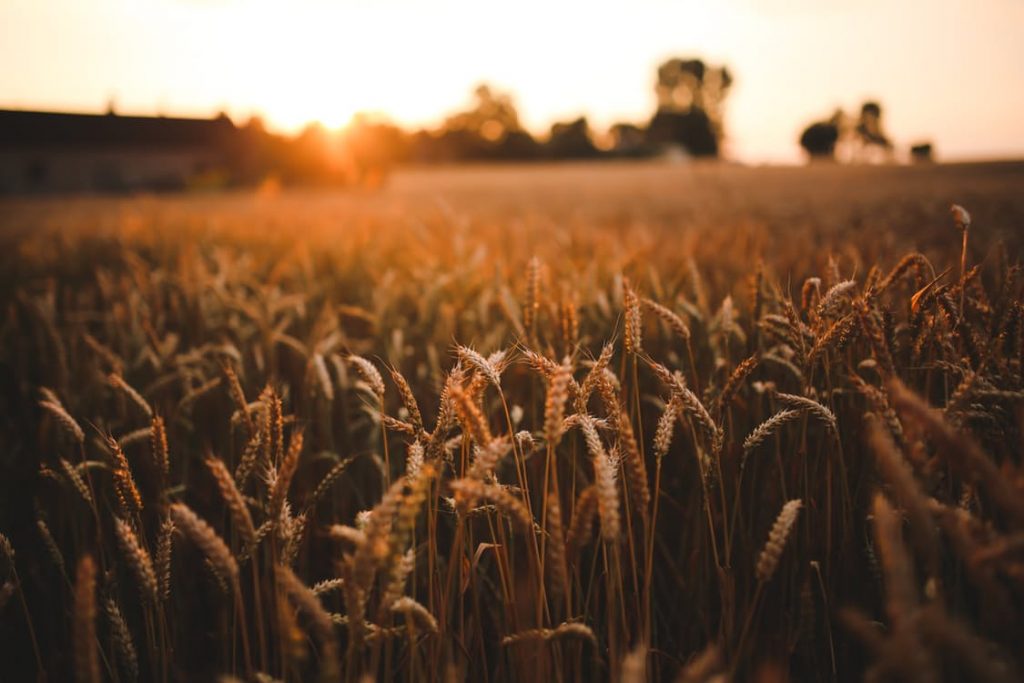
In 2021-2022, Romania had the highest economic growth (6.5%) in the European Union.
Romania’s exports in 2021 amounted to 74.4 billion euros with a 24% growth compared to the previous year.
Romania’s imports this year amounted to 98.4 billion euros with a 21% growth compared to the previous year.
Romania is one of the cheapest countries for living costs among the 27 EU member states after Bulgaria.
In terms of energy requirements, Romania has the least need to import fossil energy sources, oil, and gas. Romania produces and extracts most of its needs and together with Italy and Denmark are the largest producers in the European Union.
Taxes, fees, salaries:
Along with Bulgaria and Hungary, Romania has the lowest income tax in the European Union.
- 16% Corporate net income tax
- 10% Tax on the income of individuals from the rental of real estate
- 5% Tax on withdrawal of dividends from the company
- 3% Tax for small companies with a turnover of up to 1 million euros
- 27% Tax is the average income tax in Europe
Romania has the cheapest labor force with a minimum wage of 515 euros, next to Bulgaria with 363 euros.
The highest minimum wage in the European Union with 2313 euros belongs to Luxembourg.
The average salary in Europe is 1,700 euros and the highest is 4,200 euros in Luxembourg.
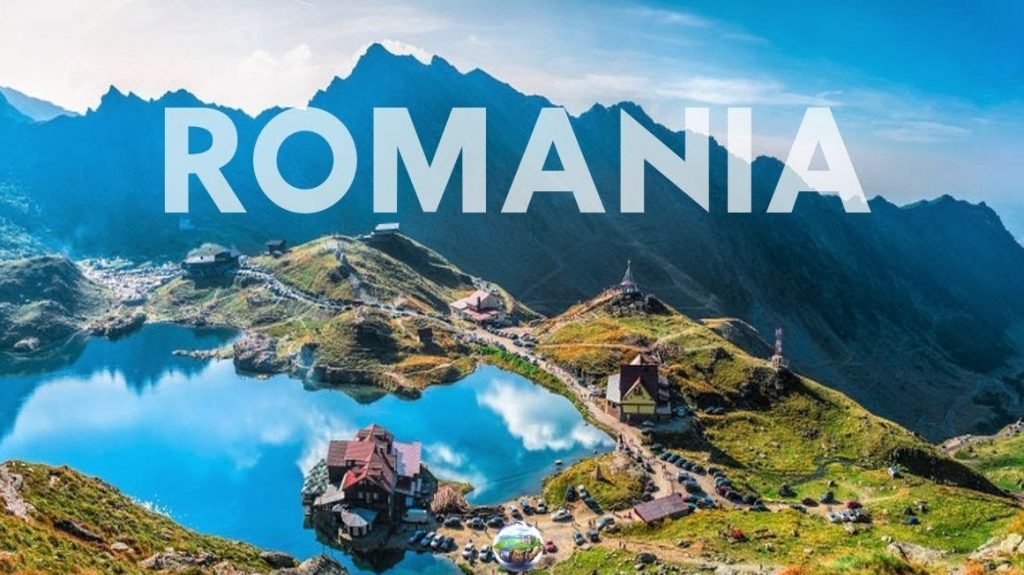
Tourist attractions and tourism:
Romania is a destination with the most beautiful tourist attractions, which welcomes ten million domestic and foreign tourists every year.
Every year the number of people who choose Romania as their tourist destination increases. Just in June 2022, according to the official statistics of INS, Romania’s tourist rate has grown by 75% compared to the same month of the previous year.
Romania with rich and pristine natural resources, dense forests, natural lakes, spectacular waterfalls, legendary palaces, monasteries, historical churches, medieval cities, monuments, castles, fortresses, historical palaces, museums, and natural parks.
Romania has a mild climate, very calm and warm people who welcome their travelers and it is important to know that Romania is one of the cheapest tourist destinations in Europe and full of attractive sites to visit.
Here is mentioned only a few of the 500 tourist destinations in Romania:
-

Danube Delta (Delta Dunării)
Part of the UNESCO World Heritage and the second largest wetland in Europe and the most visited place of the greatest biodiversity on this planet with 330 rare species of birds and plants and aquatic animals, which is truly a gem of nature that has indescribable beauty. -

castle in the heart of the mountains
A historical and very beautiful castle in the heart of the mountains with a unique landscape and architecture which was built in 1875. This palace was the summer residence of Romanian kings. -

The Parliament House (Casa Poporului)
House of the Nation, which is in Bucharest, the capital city of Romania and is currently the building of the Romanian Parliament, is the second largest building The world headquarters is after the Pentagon building in Washington DC and according to the report of the Academy of World Record, the Parliament Palace is the heaviest building and the most expensive administrative building in the world. -

Transfăgărășan and Transalpina
It is one of the most beautiful tourist routes because the route allows you to visit Transfăgărășan Lake. In the meantime, the Transalpina route is the most attractive and the highest road in the Carpați mountain range. -

Bigăr Waterfall
It is one of the most beautiful and unique waterfalls in the world, and in 2013 geography world the most beautiful waterfall took over the world. -

Bran Castle (known as Drakval Palace) Bran Castelul
6. Bran Castle (known as Drakval Palace) Bran Castelul Undoubtedly, it is the most popular castle not only in Romania, but also one of the most famous castles in Europe and the world. It was built near the city of Brașov in the 13th century at an altitude of 2,500 meters above sea level on the tip of a peak and it was the residence of one of the Romanian king named Țepeș Vlad, which is also very famous because of “the legend of Count Dracula”. -

Village Museum( Muzeul Satului)
It is one of the important goals of tourism in the city of Bucharest. It is the largest open-air rural museum in Europe. -

Sibiu city
It is one of the important tourist cities with many diverse attractions of medieval architecture which was named as the cultural city of Europe in 2016. -

Monasteries and churches
Romania is one of the destinations where you may find the oldest churches and monasteries in Transilvania and Moldova. It is possible to visit Moldova and Maramureș in the center and north of Romania with unique architecture and paintings -

The medieval village of Viscri
This historical and very beautiful village, which is in the heart of Transylvania, attracts the attention of many tourists from all over the world. King Charles of England has bought a house in this village where they stay several times a year. -

Happy Cemetery (Vesel Cimitirul)
A unique cemetery in the world located in the Maramureș region of Romania, which is known for its witty inscriptions and crosses. Its colorfulness has attracted many tourists. -

Turda Salt Mine (Turda Salina)
A small underground museum and city at a depth of 112 meters under the ground, which has a temperature of 12 degrees Celsius in all seasons of the year. It attracts many visitors because of its salt and mineral salts and its healing properties for many respiratory and lung diseases. -

Steam Rain (Mocanita Valea Vaserului)
The last steam train in Romania created beautiful memories for you after centuries in the very beautiful Vaserului legendary valley. -

The legendary castle of Corvinor
One of the most attractive historical places in Transylvania because of the Gothic architecture taken from Eastern Europe and inspired by The medieval French style has also attracted the attention of many international historians and videographers. -

Black Sea
15. 240 km of the Black Sea coastline with recreational beaches, hotels and residences, and huge ports for loading ships
Universities and higher education centers:
Studying in public educational centers from primary to higher universities in Romania is free of charge for citizens and graduates’ certificates are valid in most of the higher education centers in Europe and the world.
Currently, Romania has 66 accredited universities, 8 of which are among the top 200 universities in the world, such as:
- Carol Davila University of Medicine and Pharmacy
- Babes-Bolyai University
- University of Agricultural Sciences and Veterinary Medicine
- Polytechnic University of Bucharest
exhibitions
In addition to these car factories, there are many international parts factories in Romania.
Every year there are many international exhibitions in Romania, especially in the prime location of Remexpo exhibitions, which is the biggest exhibition in Romania
and is held in Bucharest. These exhibitions are mainly in the field of machinery and industrial and agricultural equipment, food, construction and construction equipment.
Bucharest Airport
Bucharest Airport is a major international airport with more than 13 million passengers per year and is the transportation hub of Europe.
For a long time, air and rail transportation are in competition with each other. In these two ways, you may go from the center to the north and east of Europe and from the east to Turkey as well had access In Romania, the use of public transport has become a culture, and Romanians rarely use private cars they use themselves. As a result, Romania has a significant transport infrastructure and highly connected network. Efficient transportation infrastructure
For both advanced and emerging economies, by improving market access and productivity, ensuring balanced regional economic development, promoting mobility.
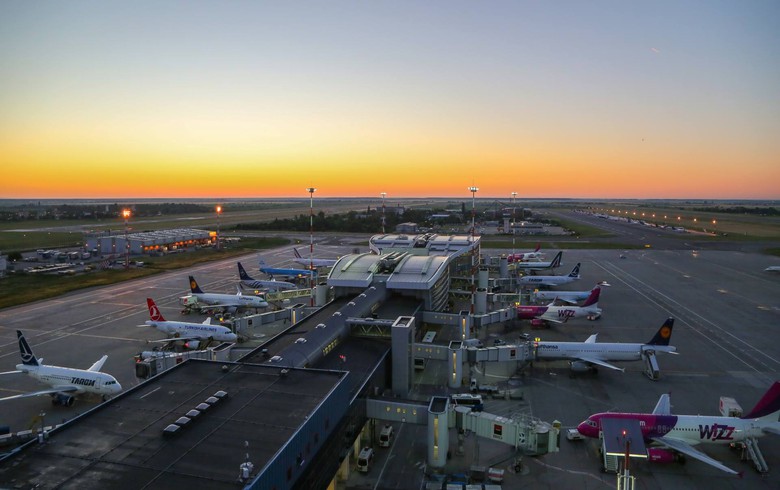
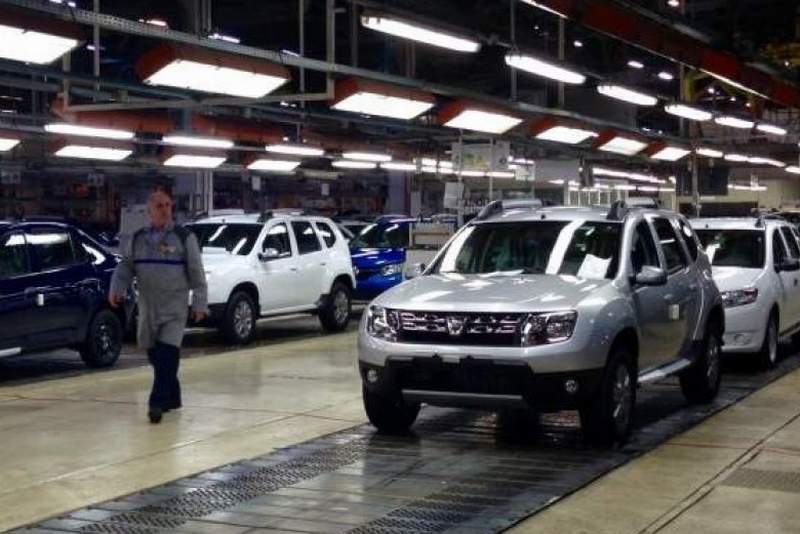
cars produced
In 2021, the number of cars produced by Romania was
40,803, of which 23,421 were related to Renault and 1,738 were related to
Ford American company has been.

